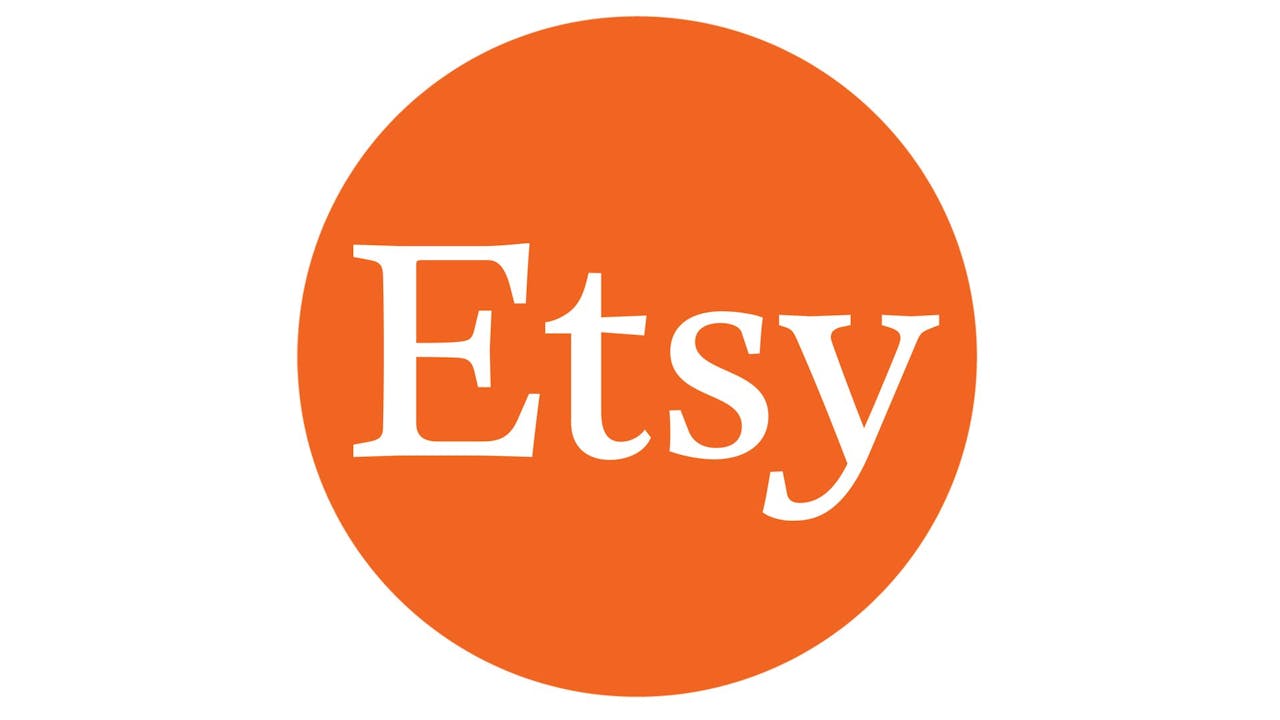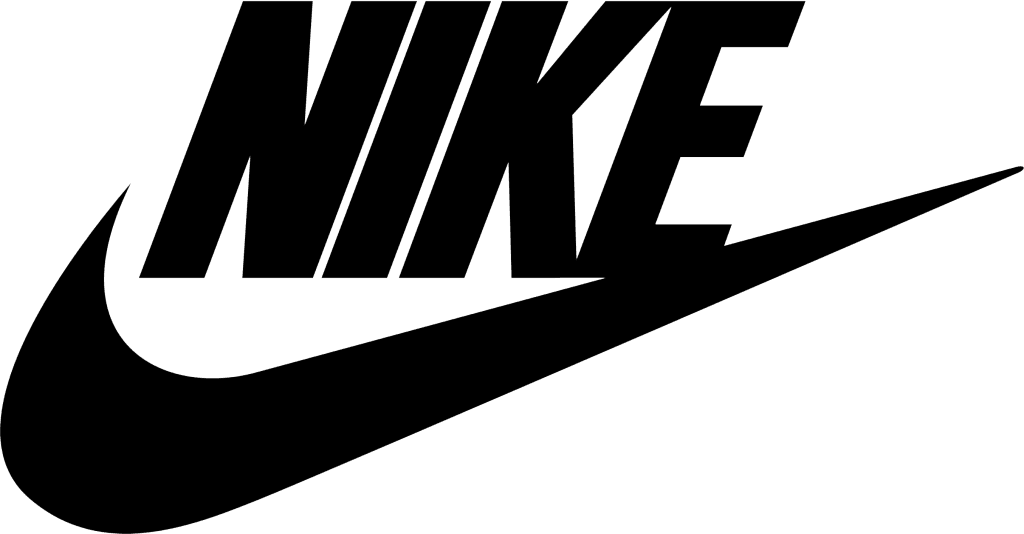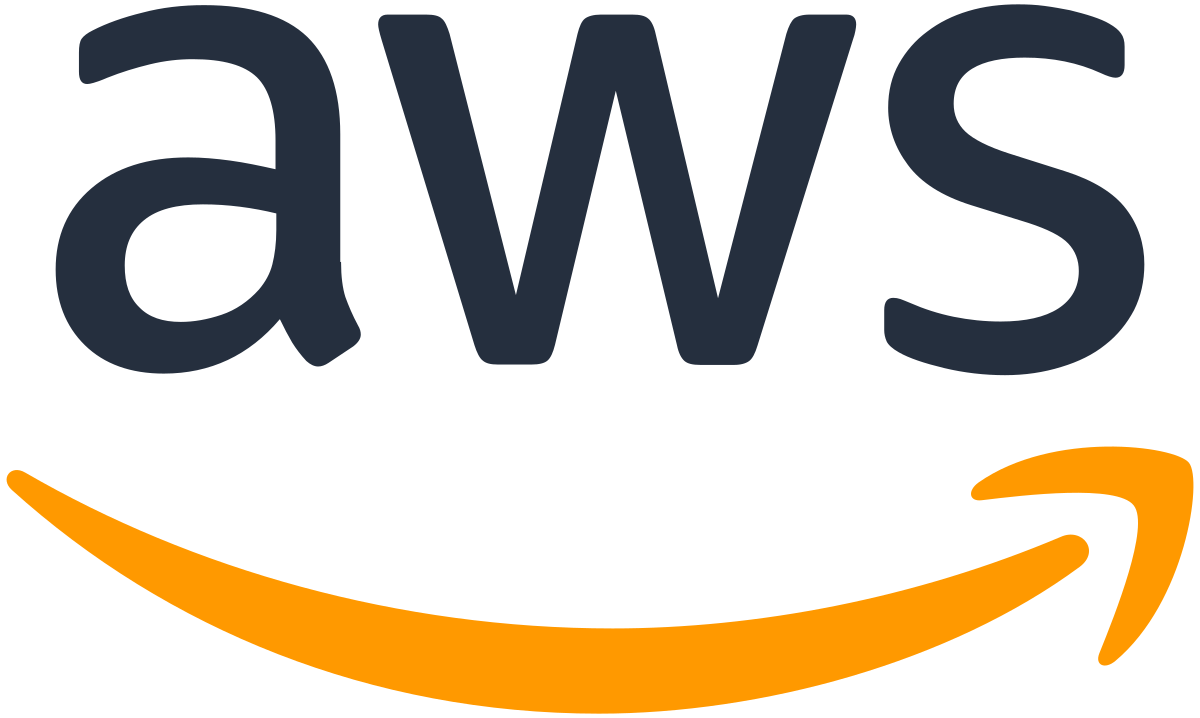3 Real-Life Examples of How to Beat the Competition Early in Your Sales Process
Guest Author
Fierce competition is a common feature of most industries. Whether a tech giant like Amazon, Google or Microsoft, or a small family business that sells cupcakes, every company will inevitably have to carve out its share of customers. In order to beat the competition in a crowded marketplace, it is crucial to get a head start early in your sales process.
In this article, we’ll look at three real-world examples of how companies stayed ahead of the curve and won large chunks of the market share for themselves. A large part of their success is thanks to their focus on customer needs, constant innovation, and a clear and consistent marketing message.
1. Know Your Customers’ Needs
Addressing your customers’ problems is a sure way of getting an advantage over your market competitors. If you know and understand their needs and pain points, you can identify other issues and demonstrate how your company can resolve them.
Instead of focusing on selling, the key is to focus on the needs of the customers.
Your customers may not voluntarily disclose information when they contact your company, so it is crucial to ask questions and collect as much data as you can. Actively seek out your customers’ problems or opportunities to advance their goals — it will enable you to introduce specific solutions and benefits.
A prime example of beating the competition through customer focus is Amazon Web Services (AWS). Their success is primarily due to listening to their customers and adapting their products to suit their needs.
Example #1: Amazon Web Services
AWS offers various products and services, divided into two primary groups: cloud computing and cloud storage. Although other companies provide much of the same, what primarily sets AWS apart is its remarkable scalability and adaptability.
AWS realized that a company whose processing peak time lasts for only a few hours a day does not need to pay for expensive infrastructure round the clock. Similarly, a company that rents server space for a predicted 10,000 customers stands to lose a lot of money if only 5,000 people decide to use their services.
For this reason, AWS clients pay only for what they use. If a company doesn’t use the available processing power at certain times of the day (or week, or year), their cost is lowered automatically and in proportion to usage. A similar principle applies to all AWS services, quickly and easily canceled or added, depending on the client’s needs. Customer focus made AWS services remarkably cost-effective and convenient for small, medium, and large enterprises and earned them a 32% share of the cloud computing market worldwide.
2. Beat Your Competition Through Innovation
Customer focus by itself may not be enough to stay ahead of the curve in the ever-changing market landscape. As the environment and the needs of your customers change, so should your business. Although the word innovation is often used for research and development (R&D), it is a much broader term that can manifest in four different ways: product innovation, process innovation, marketing innovation, and organizational innovation.
To put it plainly, business innovation means doing things differently than your competitors.
An example of an innovative approach to business is the e-commerce marketplace Etsy. It managed to consistently increase its share of the market in handcrafted and vintage goods in the face of competition such as the aforementioned Amazon, one of the giants of our time.
Example #2: Etsy
Etsy was initially launched in 2005 by a small software development company called IOspace. Unlike Amazon, which warehouses and delivers items, Etsy connects buyers and sellers worldwide and makes a profit by taking 5% of the item’s cost.
Right from the start, Etsy drew attention from both customers and retailers for its innovative practices. The company frequently added new tools and functionalities, including flash animations and extensive use of tags and categories.
In 2010, the company’s innovation rate accelerated, with their engineering team releasing up to 30 updates per day. This was made possible through changes in the implementation process, which no longer required the management to approve every change to the website. Rather, the same engineers who designed the changes oversaw their implementation, while software was used to monitor website changes.
In 2018, their R&D budget was $97.2 million, which is a 30% increase compared to 2017. The frequent upgrades include new functionalities, automatic recommendations for optimizing landing pages, buyer customization features, and improvements on Etsy’s mobile app. The company has also utilized machine learning to help customers browse items and to translate transactions into ten languages.
All of this enabled Etsy to beat the competition in the homemade-products market, despite Amazon’s attempts to overtake them.
3. Have a Clear and Consistent Marketing Message
A brief and direct message that speaks directly to customers is a requirement for any successful business. The customers need to know what the company can do for them that nobody else can, and they need to know it as soon as they encounter your brand.
All of us are bombarded with information all day, every day. It is therefore crucial to get your message across as quickly and clearly as possible, before it gets drowned in white noise.
Your aim is a short and simple message that directly addresses the customer’s needs. Without one, your customers won’t take the time to learn more about your company. For you to beat the competition, this core message needs to be consistent across your marketing material and your website.
A pristine example of a successful marketing strategy is Nike. This company dominates the American athletic footwear market, holding 27% of the total market and, until recently, a staggering 96% of the basketball footwear market. However, their to-the-point and straightforward message, ‘Just do it’, does much more than sell sports shoes.
Example #3: Nike

Each ad is a meticulously crafted piece that rarely mentions Nike’s products, but is designed to provoke feelings and needs. Across their marketing, Nike is telling a story that inspires everyday people to strive for their sports goals.
A person looking to buy running shoes isn’t simply in need of footwear. Instead, they seek to achieve health, stamina, athletic performance, or some other personal goal. And precisely that goal is what Nike’s slogan addresses. It doesn’t sell products – it sells the benefits those products will bring.
In the face of doubt or reluctance, the Nike company tells the customer to ‘Just do it.’
Since they have a versatile and segmented product focus, they always invent new and innovative marketing messages that resonate with Nike’s culture and brand voice. For instance, the new message ‘Find Your Fast’ is slowly, but surely taking over the athlete world.
Wrapping Up
A crowded marketplace can be quite a hostile environment to conduct business. No matter how original your product or how specific your niche is, there will always be someone to compete against.
However, as we’ve seen in the examples above, there are ways to stack the odds in your favor and give your sales team a head start when facing competitors.
A customer-oriented approach, constant innovation, and a clear and direct marketing message will allow you to beat the competition early in the sales process, and win your share of the marketplace.
About the Author: Peter Bray is an AI practitioner with a keen interest in competitive intelligence and web change monitoring. He is the CEO of Fluxguard.
Want to write for our blog? Apply here: Yesware’s Spotlight Contributor Application.
Get sales tips and strategies delivered straight to your inbox.
Yesware will help you generate more sales right from your inbox. Try our Outlook add-on or Gmail Chrome extension for free, forever!
Related Articles
Casey O'Connor
Casey O'Connor
Casey O'Connor
Sales, deal management, and communication tips for your inbox


